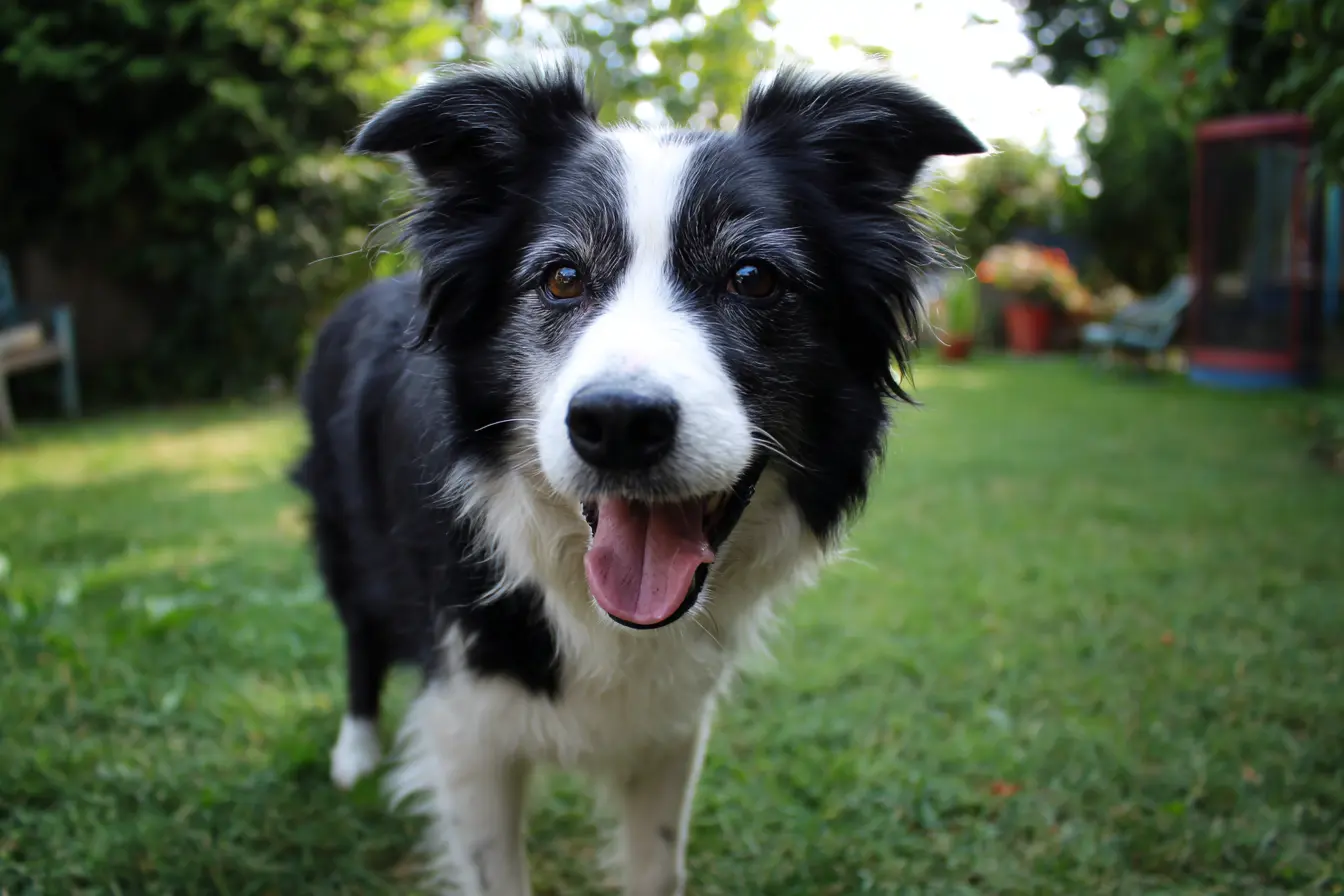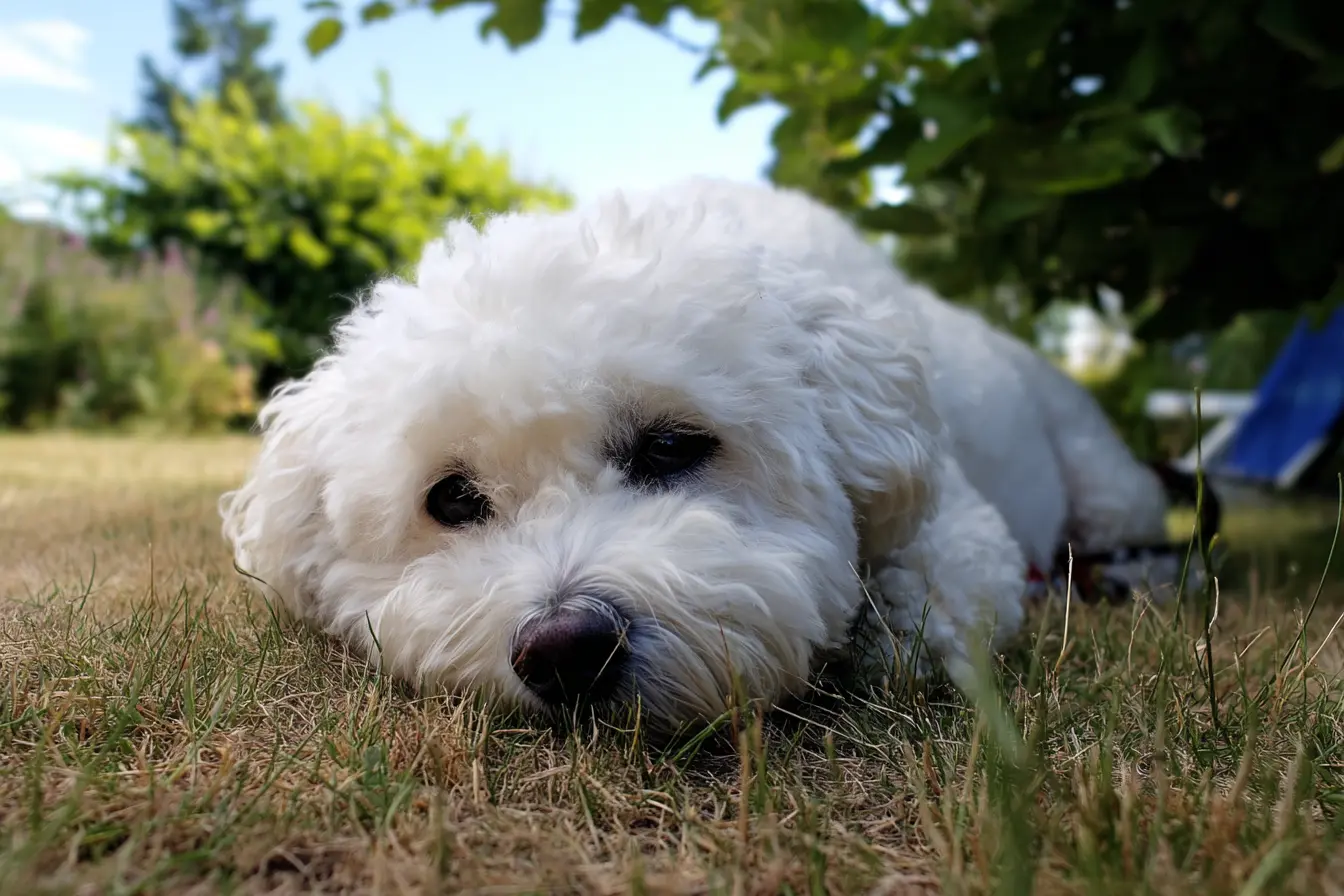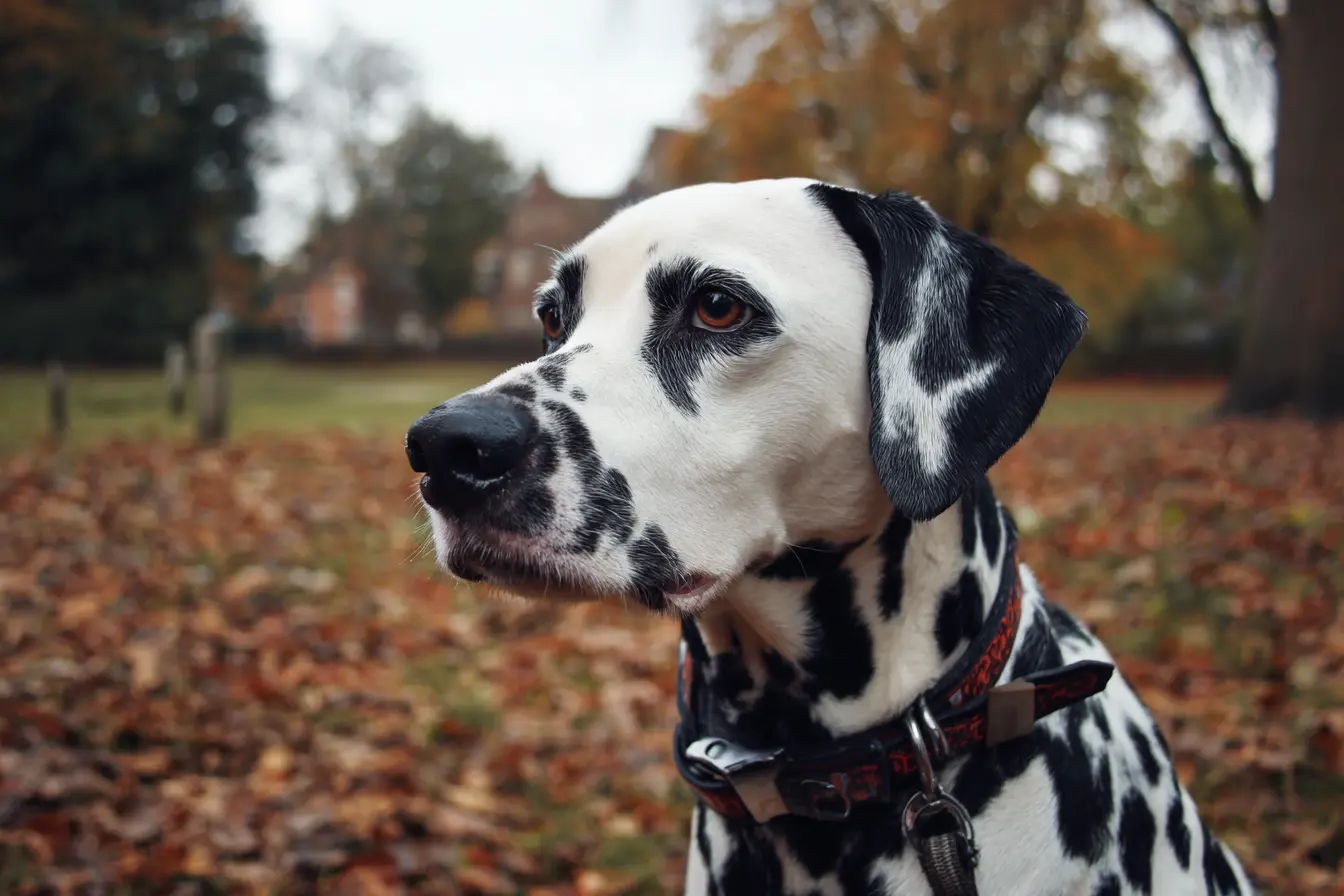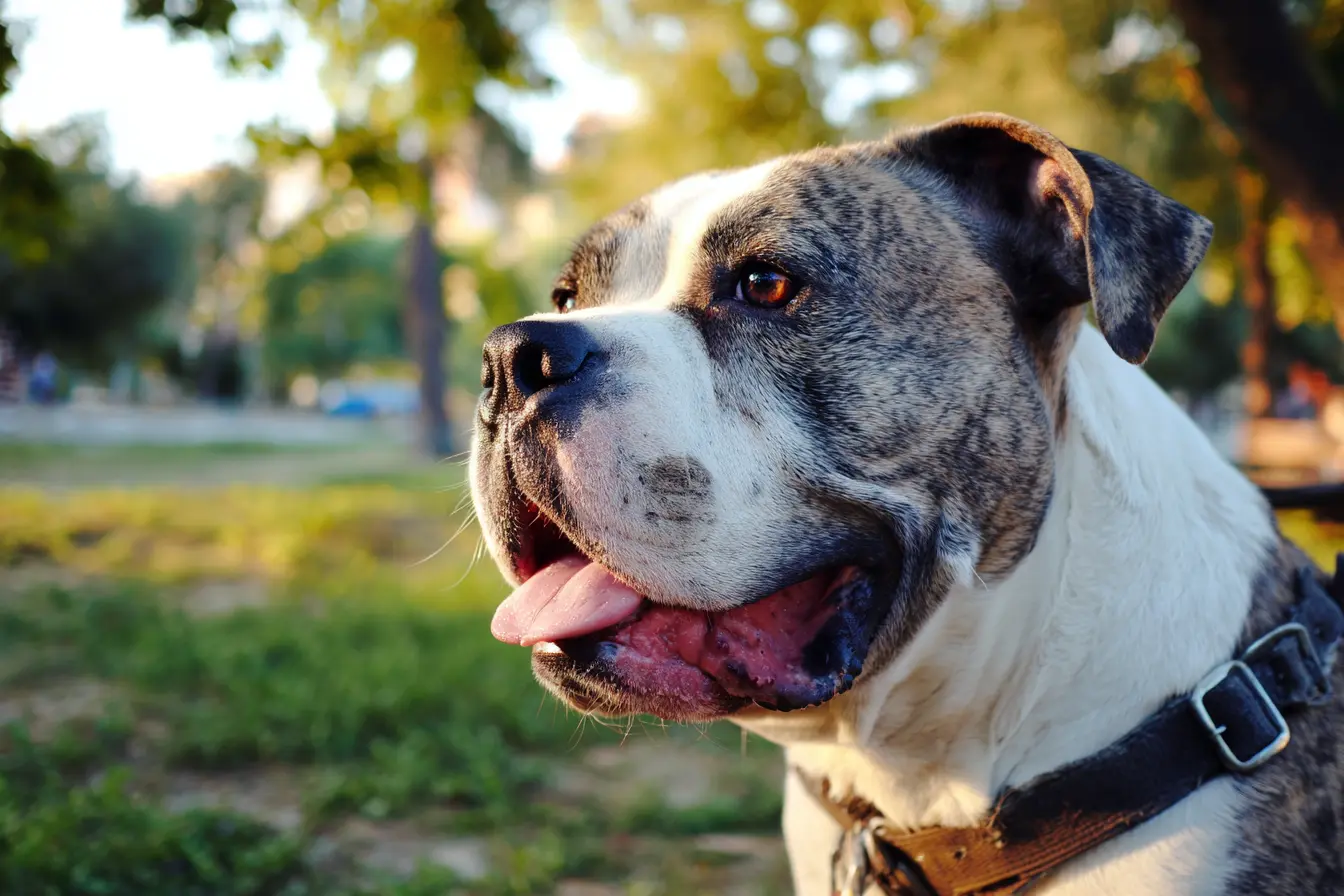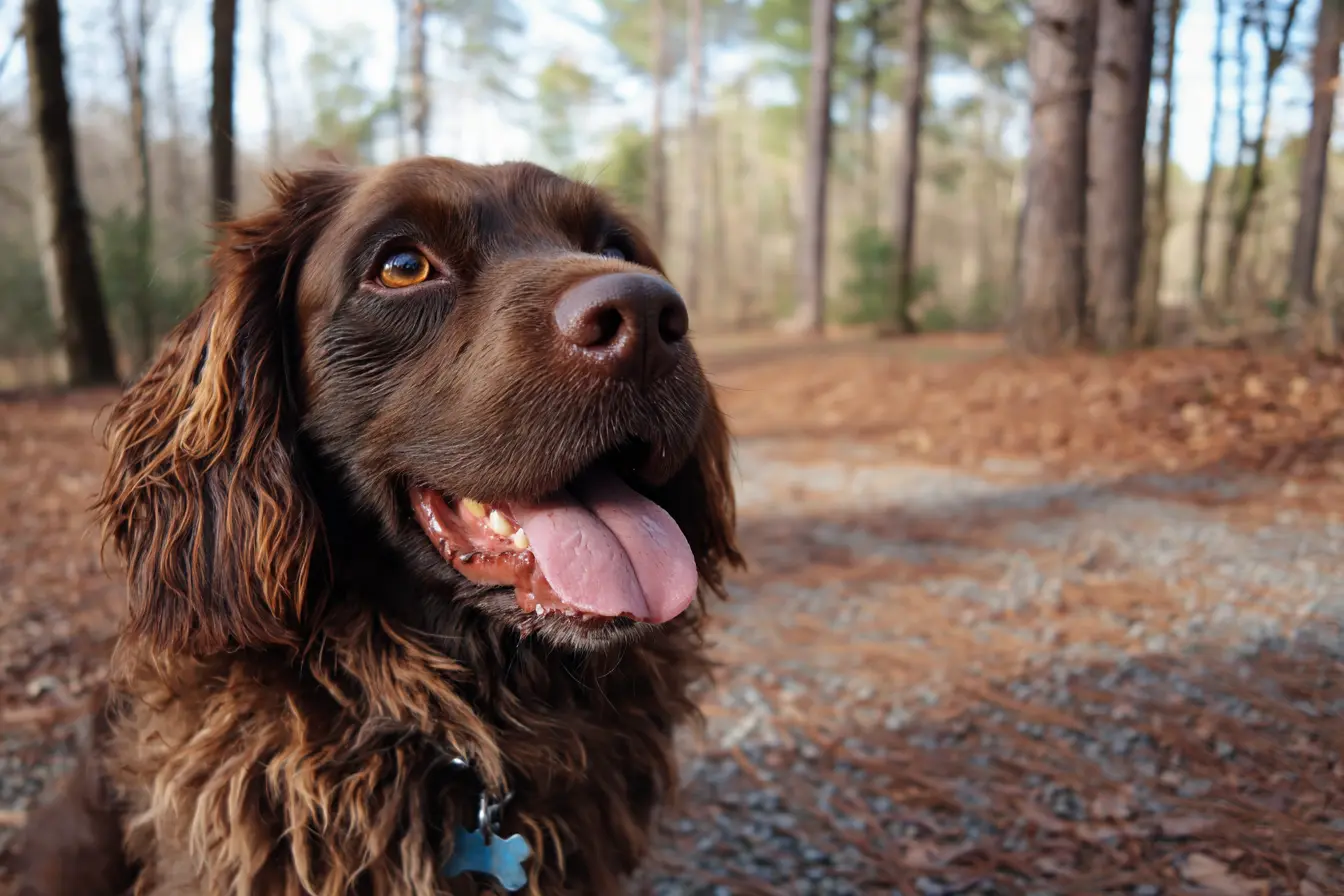
Vulnerable Native Breeds: Preserving Britain's Canine Heritage
Britain has a rich history of dog breeding, producing some of the world's most iconic and beloved breeds. However, in recent decades, several traditional British and Irish breeds have seen a dramatic decline in popularity, leading to their classification as Vulnerable Native Breeds by The Kennel Club. These breeds are an important part of the nation's heritage, and efforts are being made to ensure they do not fade into obscurity. This guide will provide everything you need to know about Vulnerable Native Breeds, why they matter, and how you can help preserve them.
What are Vulnerable Native Breeds?
The Kennel Club defines Vulnerable Native Breeds as British and Irish dog breeds with fewer than 300 puppy registrations per year. Some breeds have experienced a slight revival thanks to publicity and awareness campaigns, but many still face uncertain futures.
Decline can be due to several factors, including changes in lifestyle, popularity of foreign breeds, modern living conditions, and a lack of public awareness.
Why Are Vulnerable Breeds Important?
- Cultural Heritage: These breeds are living links to Britain's history, reflecting the roles dogs have played in farming, hunting, guarding, and companionship.
- Genetic Diversity: Losing breeds reduces the overall genetic pool, which is vital for the health and resilience of the dog population.
- Unique Qualities: Many vulnerable breeds offer traits not easily found elsewhere — whether it’s specific working abilities, unique looks, or distinctive personalities.
Preserving these breeds ensures that future generations can appreciate their historic and practical value.
Key Characteristics of Vulnerable Native Breeds
While diverse in size, appearance, and purpose, Vulnerable Native Breeds generally share certain characteristics:
- Specialised Skills: Many were developed for specific tasks such as herding, hunting, or guarding.
- Adaptability: Most are versatile and can adapt to family life with the right environment and training.
- Loyalty: Many of these breeds are known for forming strong bonds with their owners.
- Distinctive Appearance: Several have very recognisable coats, builds, or features.
Examples of Vulnerable Native Breeds
Here are some notable examples of Vulnerable Native Breeds, with brief overviews of their history and characteristics:
Otterhound
- Originally used for: Hunting otters in rivers and streams.
- Personality: Boisterous, affectionate, and independent.
- Exercise Needs: High; loves swimming and exploring.
- Key Traits: Rough, water-resistant coat and strong tracking instincts.
Skye Terrier
- Originally used for: Hunting foxes and badgers.
- Personality: Loyal, dignified, and brave.
- Exercise Needs: Moderate; enjoys walks and exploration.
- Key Traits: Long body with flowing coat and strong, short legs.
Sussex Spaniel
- Originally used for: Flushing game birds.
- Personality: Cheerful, steady, and affectionate.
- Exercise Needs: Moderate; enjoys active walks and field work.
- Key Traits: Distinctive golden-liver coat and a rolling gait.
Glen of Imaal Terrier
- Originally used for: Vermin hunting in Ireland.
- Personality: Stoic, brave, and calm.
- Exercise Needs: Moderate; enjoys structured play and walks.
- Key Traits: Sturdy body, rough coat, and spirited nature.
Dandie Dinmont Terrier
- Originally used for: Hunting otters and badgers.
- Personality: Independent yet affectionate.
- Exercise Needs: Moderate.
- Key Traits: Unique "topknot" of hair on the head and elongated body.
English Toy Terrier (Black and Tan)
- Originally used for: Ratting and companionship.
- Personality: Spirited, intelligent, and affectionate.
- Exercise Needs: Moderate.
- Key Traits: Sleek black and tan coat; elegant and lively.
Irish Red and White Setter
- Originally used for: Setting game birds for hunters.
- Personality: Friendly, outgoing, and active.
- Exercise Needs: High; needs plenty of activity.
- Key Traits: Striking red and white coat pattern.
Bloodhound
- Originally used for: Tracking humans and game.
- Personality: Gentle, patient, and determined.
- Exercise Needs: High; loves scent work and exploring.
- Key Traits: Droopy face, large ears, and unmatched scenting ability.
Common Challenges Facing Vulnerable Native Breeds
- Lack of Awareness: Many people simply don't know these breeds exist.
- Changing Lifestyles: Modern living, smaller homes, and urban life don’t always suit breeds bred for active work.
- Competition from Popular Breeds: The rise of designer breeds and popular non-native dogs has contributed to the decline.
- Small Gene Pools: Fewer breeding individuals can lead to genetic bottlenecks and health challenges.
How Can You Help?
There are several ways you can support Vulnerable Native Breeds:
- Choose a Vulnerable Breed: If you’re looking for a new dog and can offer the right home, consider one of these special breeds.
- Raise Awareness: Share information about vulnerable breeds with friends, family, and on social media.
- Support Responsible Breeding: Encourage breeders who prioritise health, temperament, and preservation of breed characteristics.
- Participate in Dog Shows and Events: Many shows feature classes specifically for vulnerable breeds, helping to raise their profiles.
- Learn About Their Needs: Each breed has different exercise, grooming, and training requirements. Make sure you can meet their specific needs before committing.
Living with a Vulnerable Native Breed
While every breed is unique, there are some common themes when living with a vulnerable breed:
- Activity: Many of these dogs need regular exercise and mental stimulation.
- Training: Intelligence and independence mean they often benefit from consistent, positive training methods.
- Grooming: Grooming needs vary widely — from the heavy coat of the Skye Terrier to the low-maintenance English Toy Terrier.
- Health: Choose reputable breeders who screen for hereditary conditions to help maintain the health and longevity of these breeds.
They are often loyal, charming, and incredibly rewarding companions for the right owners.
A Full List of Vulnerable Native Breeds (as of recent years)
Examples include (but are not limited to):
- Otterhound
- Skye Terrier
- Sussex Spaniel
- Dandie Dinmont Terrier
- English Toy Terrier (Black and Tan)
- Glen of Imaal Terrier
- Irish Red and White Setter
- Bloodhound
- Field Spaniel
- Smooth Collie
- Manchester Terrier
- Lakeland Terrier
- Welsh Springer Spaniel
- King Charles Spaniel
(Please note the list is updated annually by The Kennel Club based on registration numbers.)
Conclusion
Vulnerable Native Breeds are an irreplaceable part of Britain's cultural and canine history. Whether bred to work the rugged landscapes of the countryside or to bring comfort to royal courts, these breeds deserve recognition, respect, and revival. With the right homes, responsible breeding, and greater public awareness, we can ensure that these remarkable dogs continue to thrive for generations to come.
If you are considering adding a dog to your family, choosing a Vulnerable Native Breed could mean not only gaining a loyal and loving companion but also helping to preserve a vital part of our heritage.
Contents
- What are Vulnerable Native Breeds?
- Why Are Vulnerable Breeds Important?
- Key Characteristics of Vulnerable Native Breeds
- Examples of Vulnerable Native Breeds
- Common Challenges Facing Vulnerable Native Breeds
- How Can You Help?
- Living with a Vulnerable Native Breed
- A Full List of Vulnerable Native Breeds (as of recent years)
- Conclusion
Tags
Vets near you
Speciality vets
- Aquatics vet specialists
- Birds vet specialists
- Camelids vet specialists
- Cats vet specialists
- Cattle vet specialists
- Deer vet specialists
- Dogs vet specialists
- Equines vet specialists
- Exotic vet specialists
- Goats vet specialists
- Pigs vet specialists
- Poultry vet specialists
- Sheep vet specialists
- Small Mammals vet specialists
- Wild vet specialists
